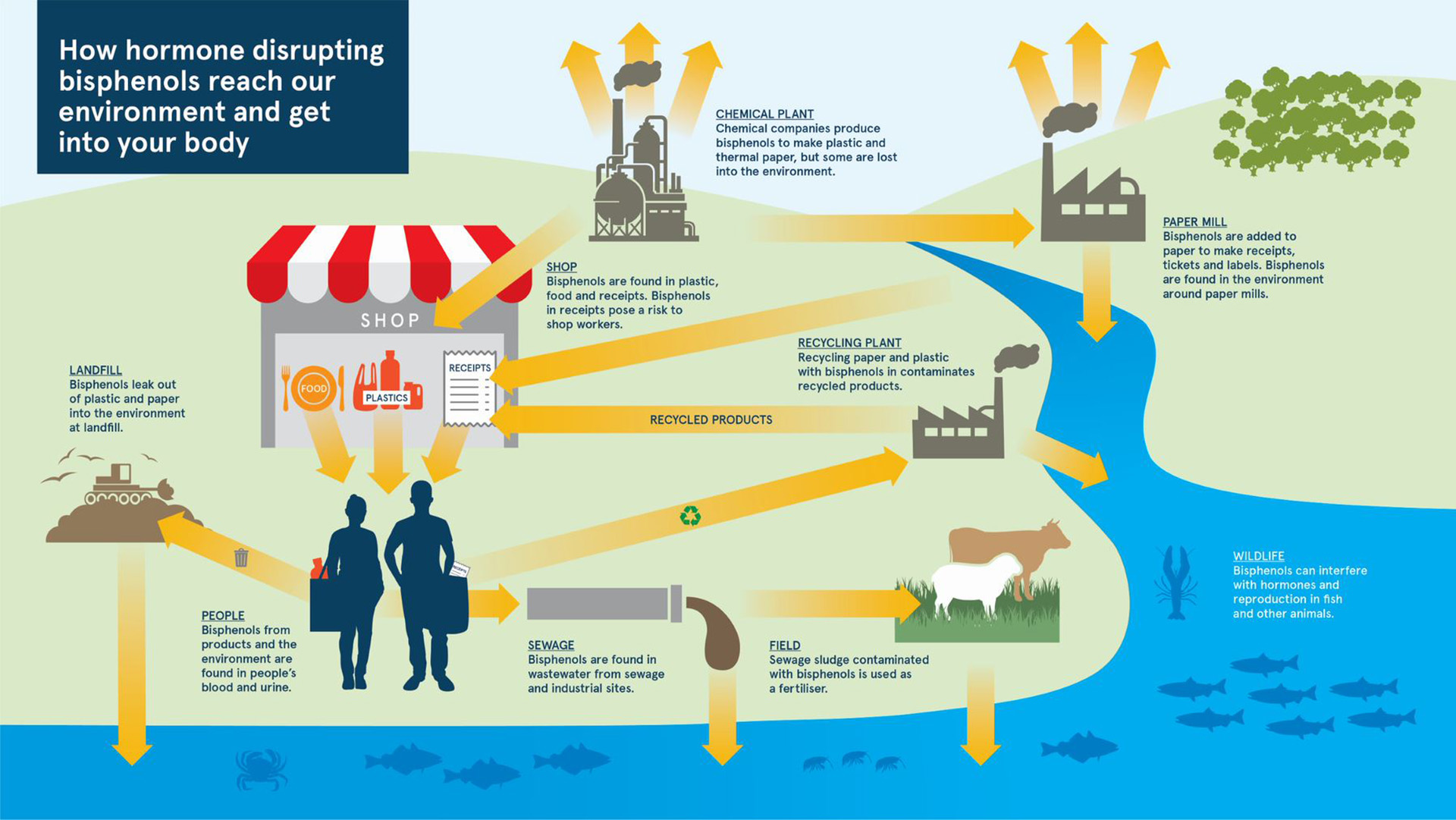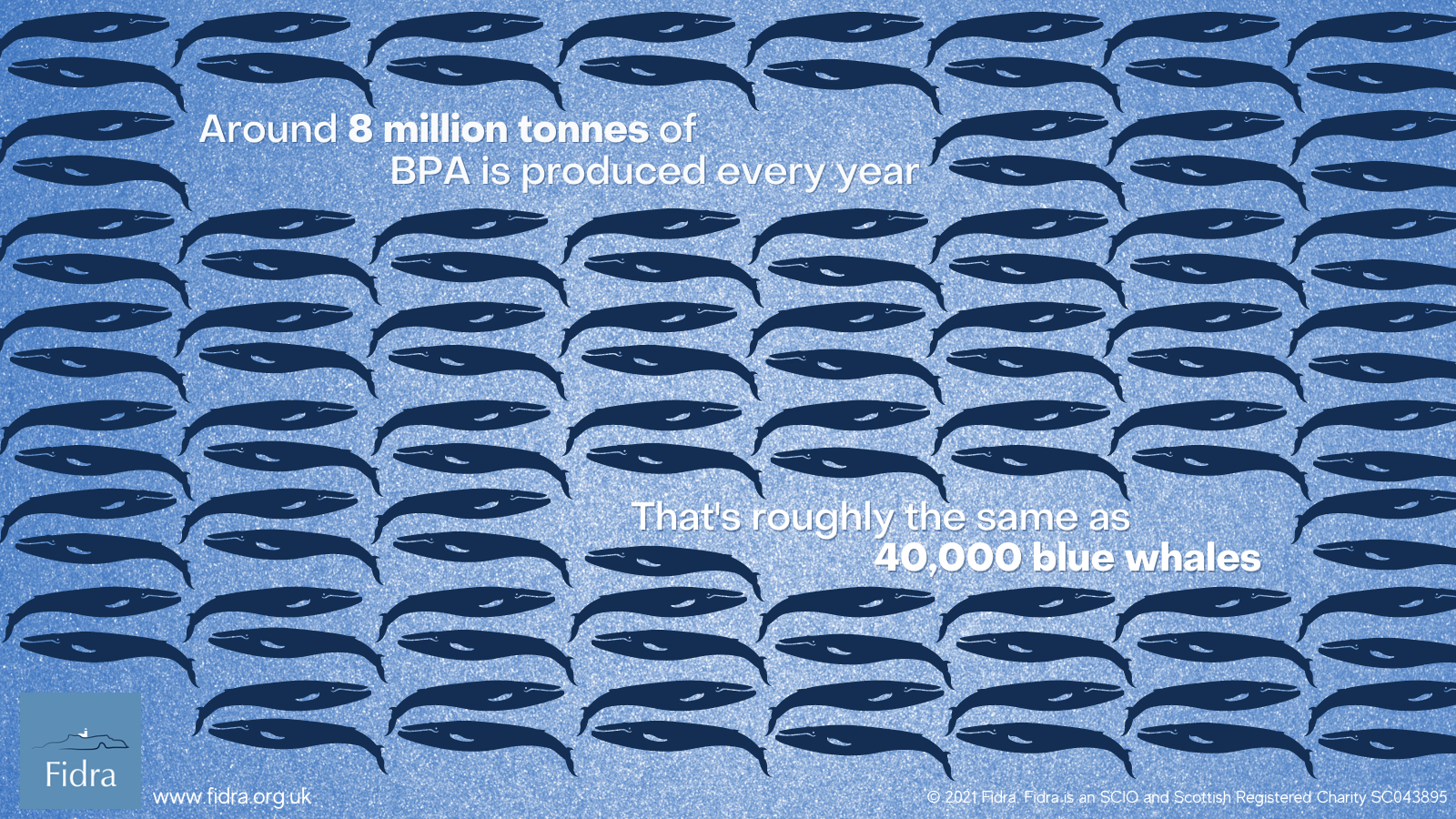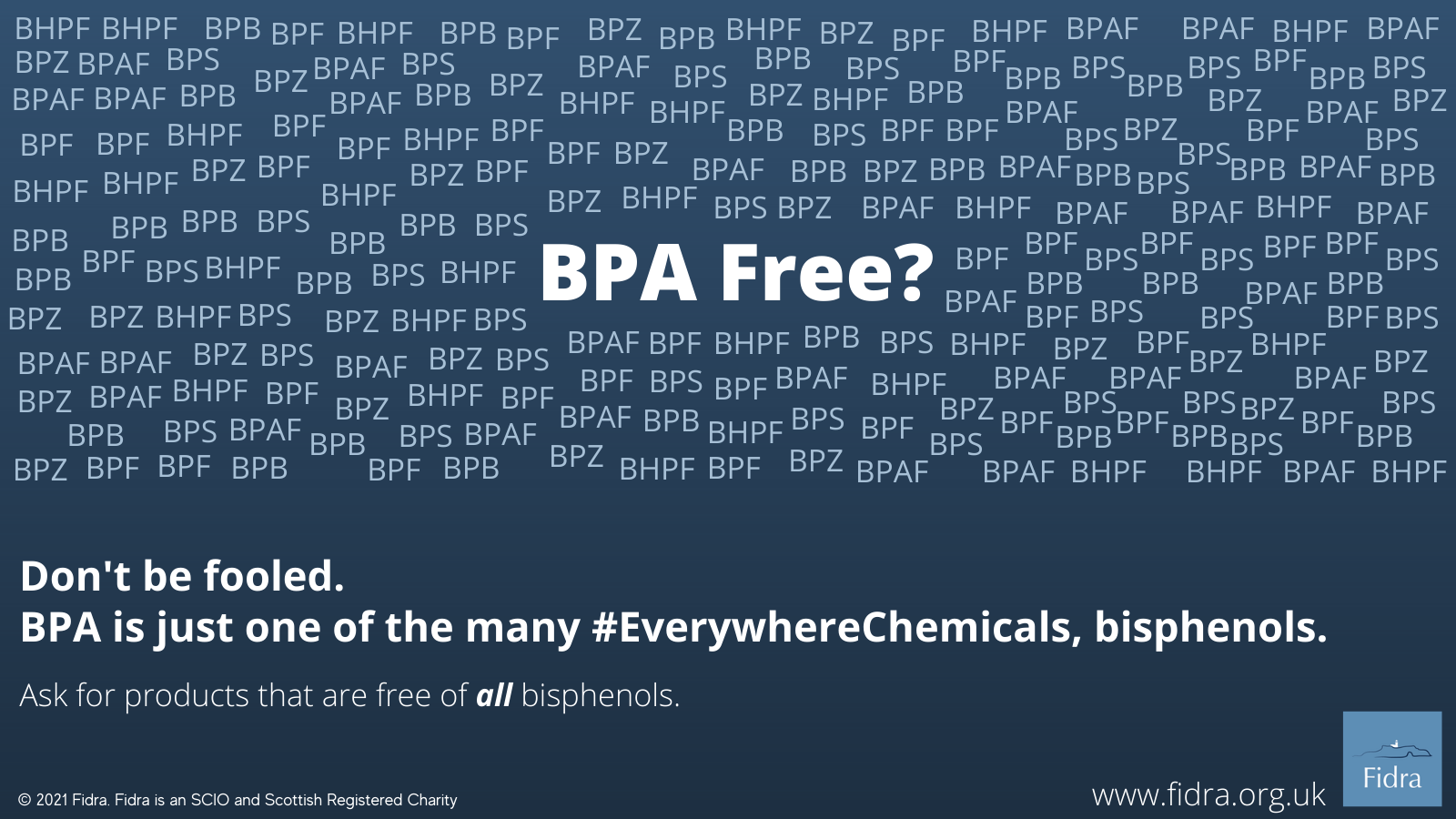Bisphenols
Safe Receipt Project
To limit resource and energy use we need a circular economy, where products are repaired, reused and recycled safely. But harmful chemicals, like bisphenols used in receipts, are contaminating recycled products. Bisphenols also pollute our environment adding pressure on wildlife already being impacted by the climate and biodiversity crisis.

THE
PROBLEM
Bisphenols, also known as ‘Everywhere Chemicals’, are industrial chemicals often used in receipts and tickets.
There is increasing evidence that bisphenols are harming the environment and impacting human health by disrupting our hormones.
Bisphenols in receipts are a risk to the unborn children of shopworkers and can contaminate recycled paper used in food packaging.

The
Solution
Alternatives to bisphenols in receipts already exist including digital receipts and phenol free paper.
Some countries have already banned bisphenol A (BPA) from use in receipts, now a ban on all bisphenols is needed to ensure the safety of receipts and recycled paper.
Many UK retailers have already switched to bisphenol free options and back a ban on all bisphenols in receipts.
WHAT
CAN I DO
Ask retailers for bisphenol free receipts.
Back a ban on bisphenols in receipts.
Bin (bisphenol) receipts. We do not recommend recycling receipts as the bisphenols in them can contaminate recycled paper.
